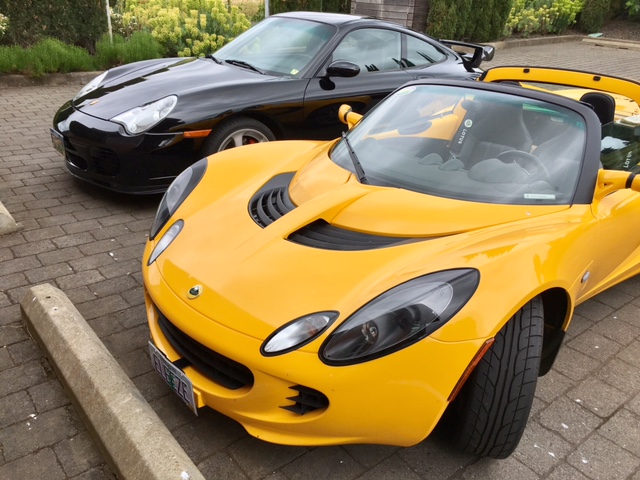
I had a gearhead’s holiday last weekend.
In the course of two days, I got to put nearly 100 miles each on the SCM Lotus Elise, the ACC Dodge Viper ACR GTS and two vintage Alfas — the 1965 Giulia Spider Veloce and the 1967 GTV.
These are all sports cars, but they each represent a unique approach to spirited motoring.
The Viper is the brute of the bunch. With its massive V10 engine, it launches like a Saturn 5 when you mash the throttle. While the Viper has been reliable and easy to live with, I’ve never really bonded with it. It may be because like so many new supercars, it simply goes too fast too soon to be much fun. By the time you are at 3,500 in 4th gear, you are at well over 100 mph — and you have two gears left. It’s hard to find a place to properly exercise this beast.
Perhaps because I was grew up driving small-bore sports cars, where balance and handling were at a premium, I’ve always preferred cars that required my mastery for them to perform properly.
The Lotus, which I drove next, is a case in point. If the Viper is a brute and the two Alfas sophisticated, all-purpose sports cars, the Lotus is like a stiletto. In the best Lotus tradition, it’s everything you need — and nothing more.
It’s the most modern of our cars, being just 11 years old and having covered under 20,000 miles. We first owned it in 2010, sold it and bought it back last year.
The steering in the Lotus is perfect. It’s light with just the right amount of road feel.
When I’m behind the wheel, I feel like I’m in a go-kart that has been slightly up-sized for the real world.
With my older sports cars, I have spent thousands of dollars getting them to perform better than they did when they were new. The Lotus, on the other hand, handles, stops and accelerates better out of the box than the older cars ever did — or will.
If I didn’t need to pack any real luggage, the Lotus would be my car of choice for an extended trip on backroad highways.
The Alfas were built only two years apart, but they represent different generations of the 1,600-cc line. The Giulia Spider Veloce is an edgy car, with a free-revving engine that loves to be run to 5,000 rpm. I drove it on Interstate 5 the 60 miles to Bill Gillham’s restoration shop in Jefferson, Oregon.
The car is nearly completely fettled after its ground-up restoration, and each time I take it out I’m even more satisfied that I had the car brought back from the edge of disintegration to its current state.
The 1967 GTV has a later, 105-Series chassis compared to the 101-Series chassis on the Spider.
It’s also been upgraded with a 1,750-cc engine and a 4.1 rear axle — a perfect combination for cruising.
We’d been chasing down a vibration on the car for almost a year, and finally solved the problem. When we had the driveshaft serviced a year ago, the shop didn’t properly balance the driveshaft. Now that that has been repaired, the car is a delight.
At 80 mph on the freeway it is quiet and relaxed, and it feels as if you could drive it from Portland to New York City without any drama. That’s not bad for a 50-year-old car.
While I enjoyed each of the four cars, the two that stood out were the Lotus for its single-purpose approach to being a modern sports car, and the GTV. That model is a high-water mark for Alfa as a GT car of the 1960s. It’s as good today as it was when new.
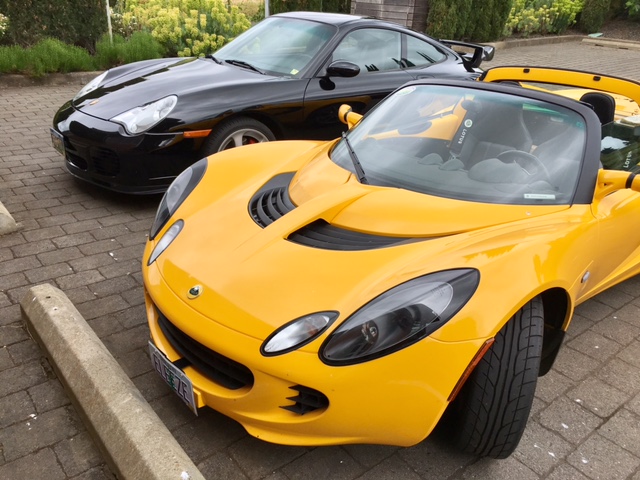
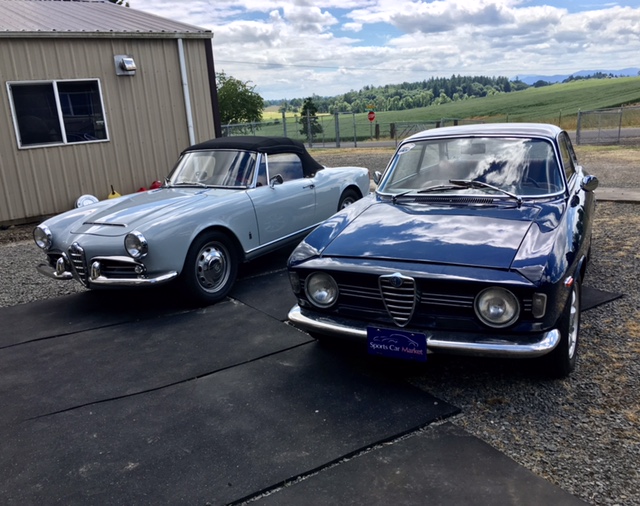
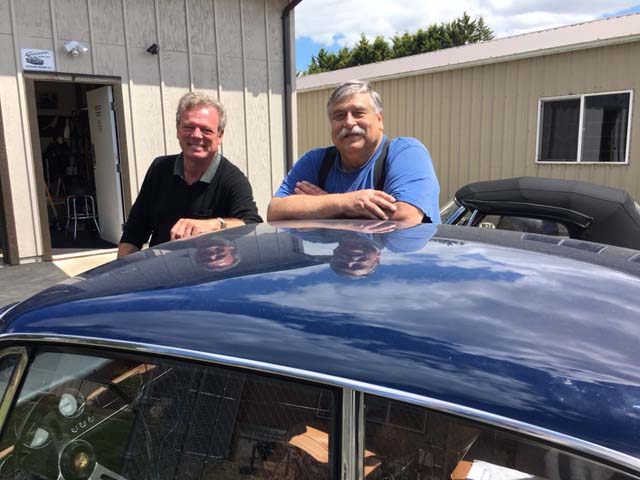
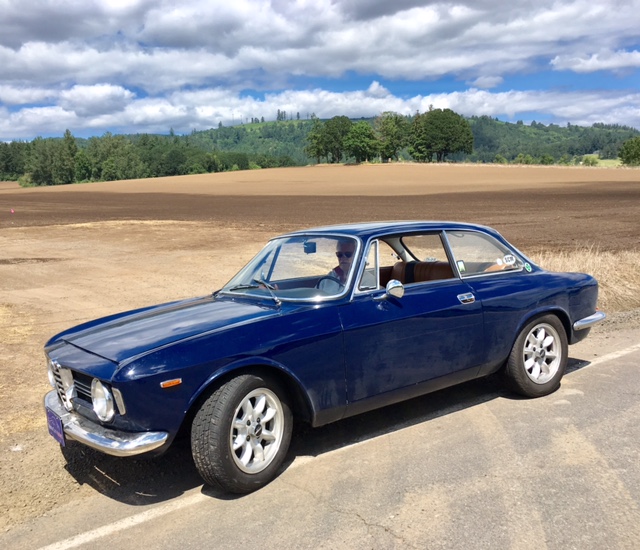
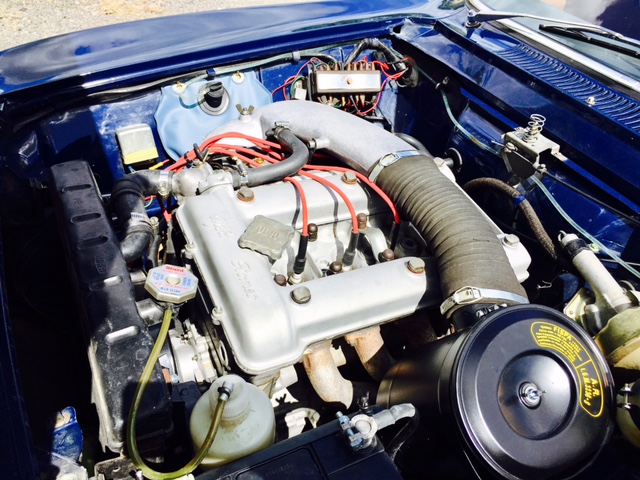
Hi Kieth,
I have a ’63 Giulia Normale Spider (in white) with upgraded front disc brakes and when I’m cruising the Pacific Coast Highway and drop it into fifth it’s a delight!
One of these days, I will own a 60s Alfa. In the meantime, I’m more than happy to be driving an 05 Elise. It’s a wonderful blend of cutting edge chassis tech and handling with a raw vintage feel.